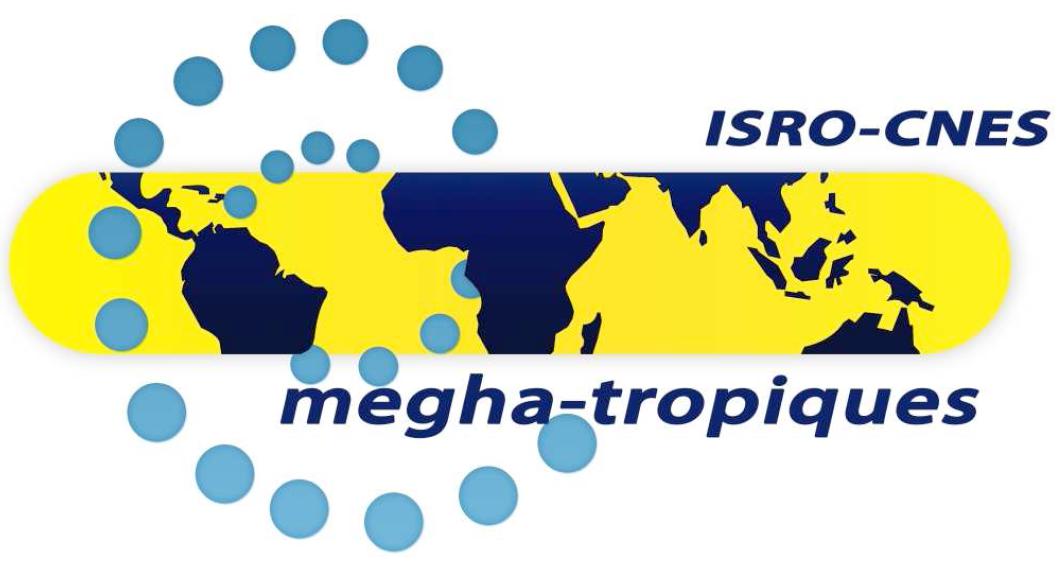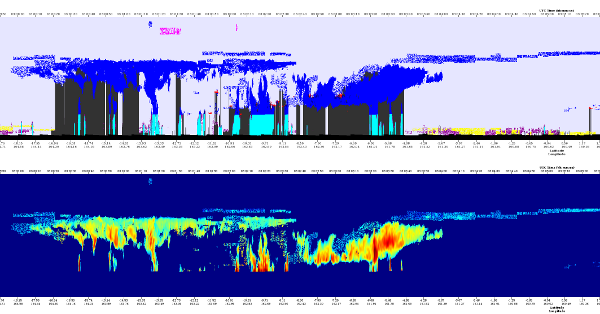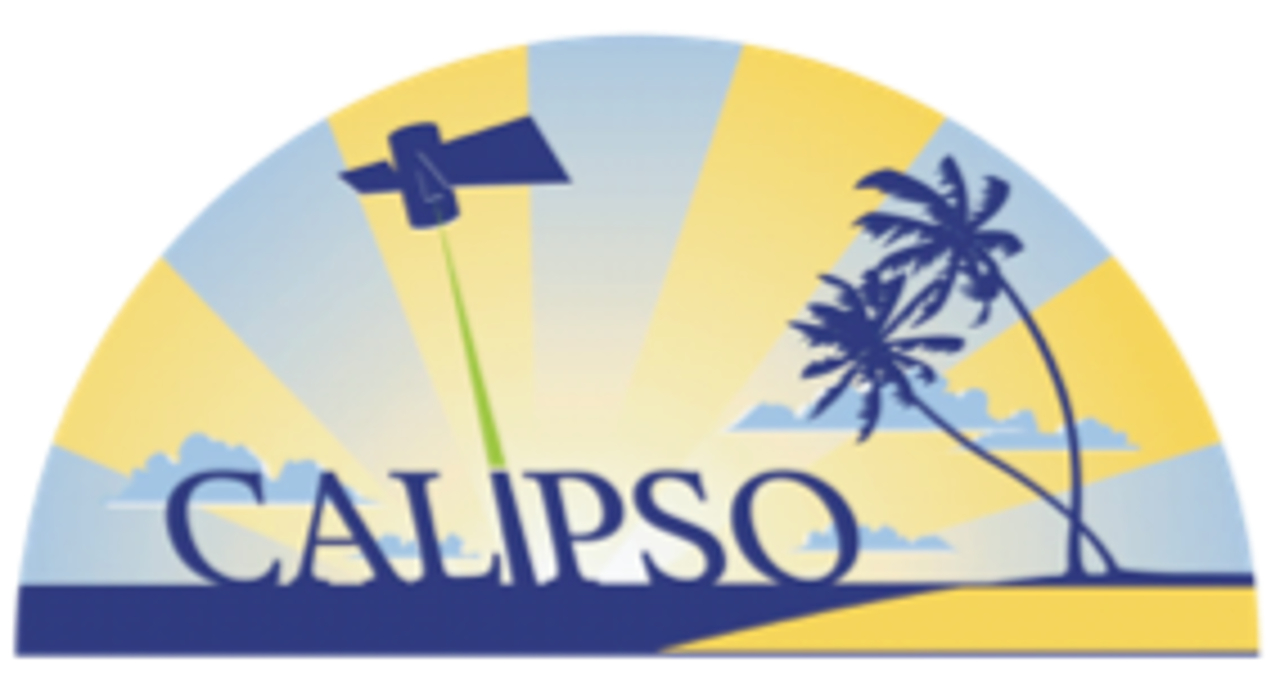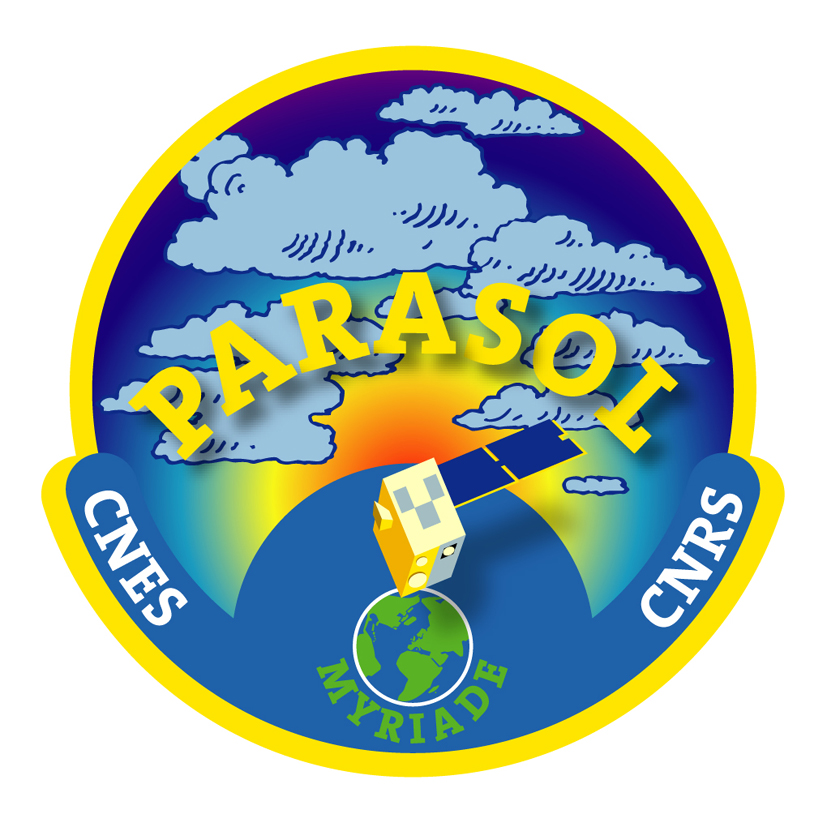Public release of Megha-Tropiques SAPHIR and ScaRaB Level-1A and Level-1A2 data – January 2013
SRO and CNES have announced the public release of Level-1A and Level-1A2 products of Megha-Tropiques SAPHIR and ScaRaB. Version v1.05 of these data are routinely transmitted to ICARE since January 24, 2013 and are available as “orbit-wise” as well as “segment-wise”. This new version includes the latest calibration revisions for both sensors and is currently […]






